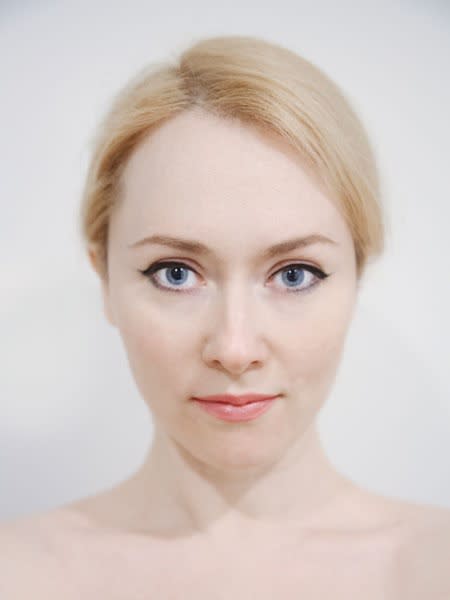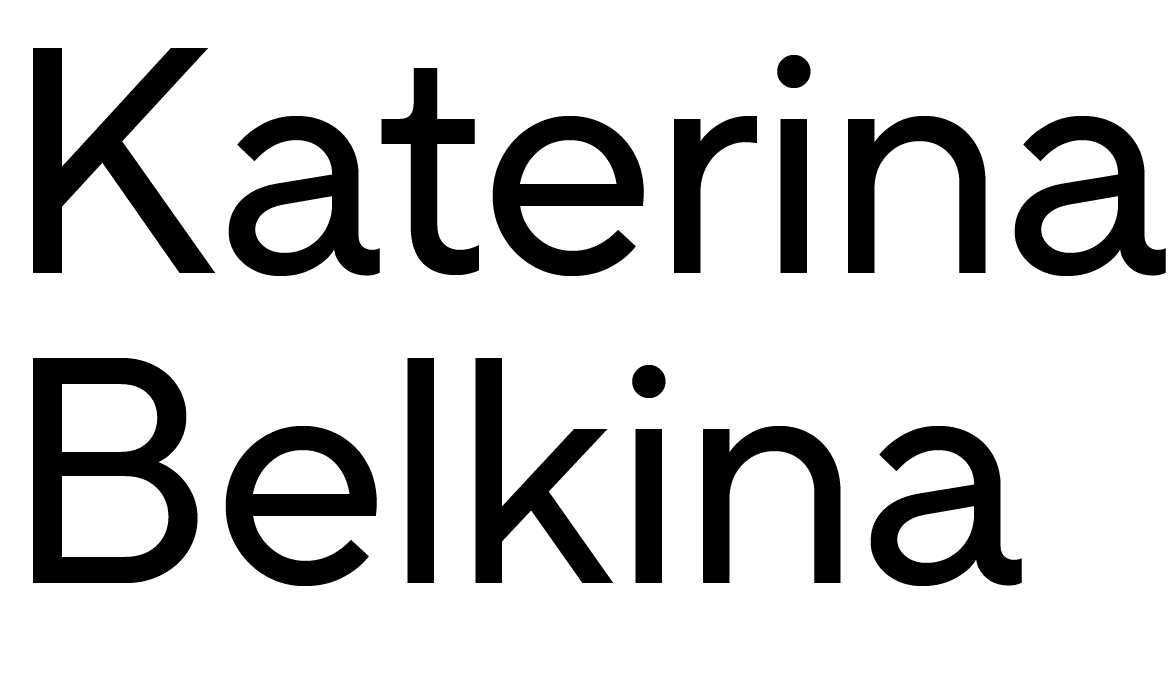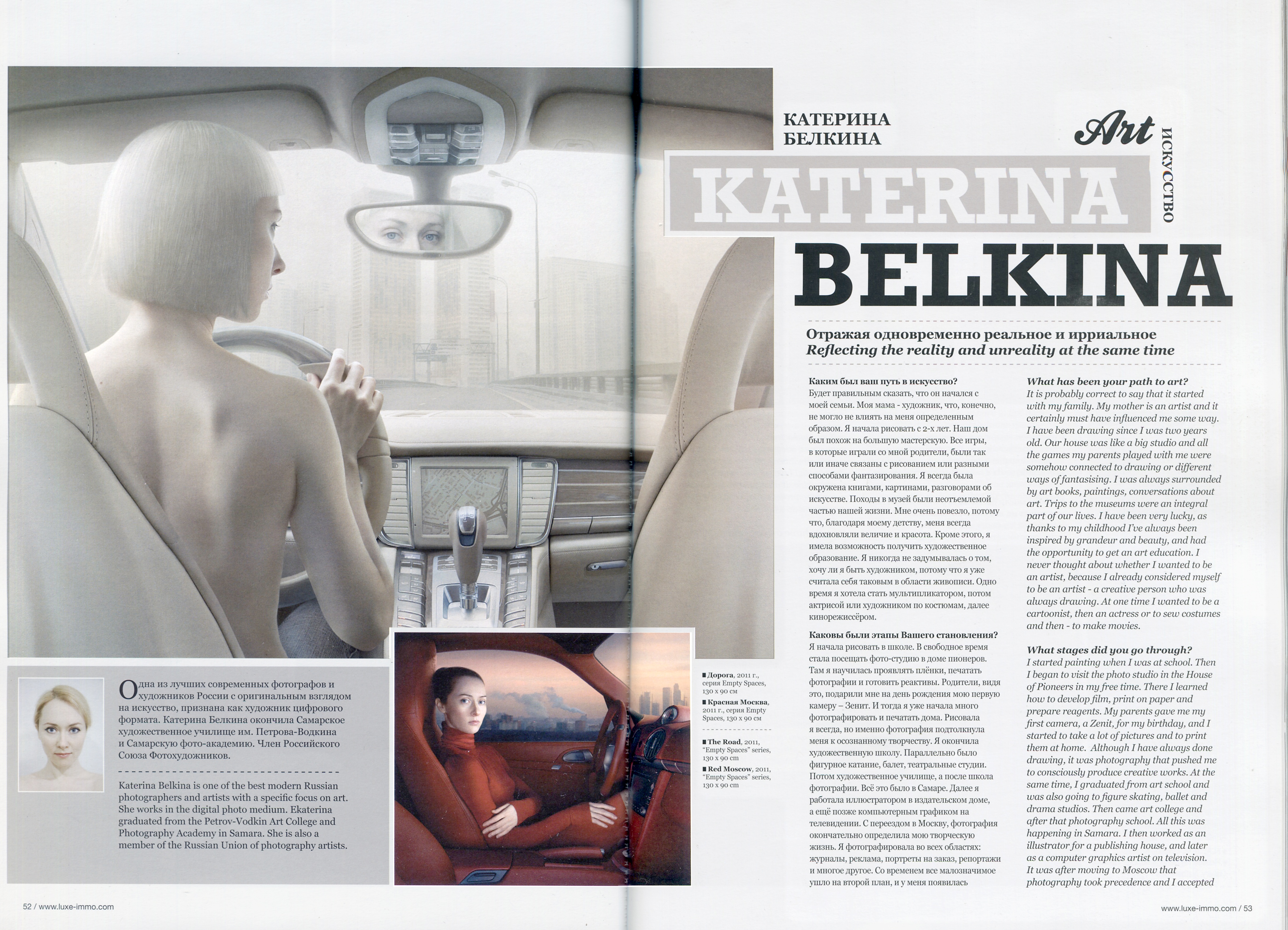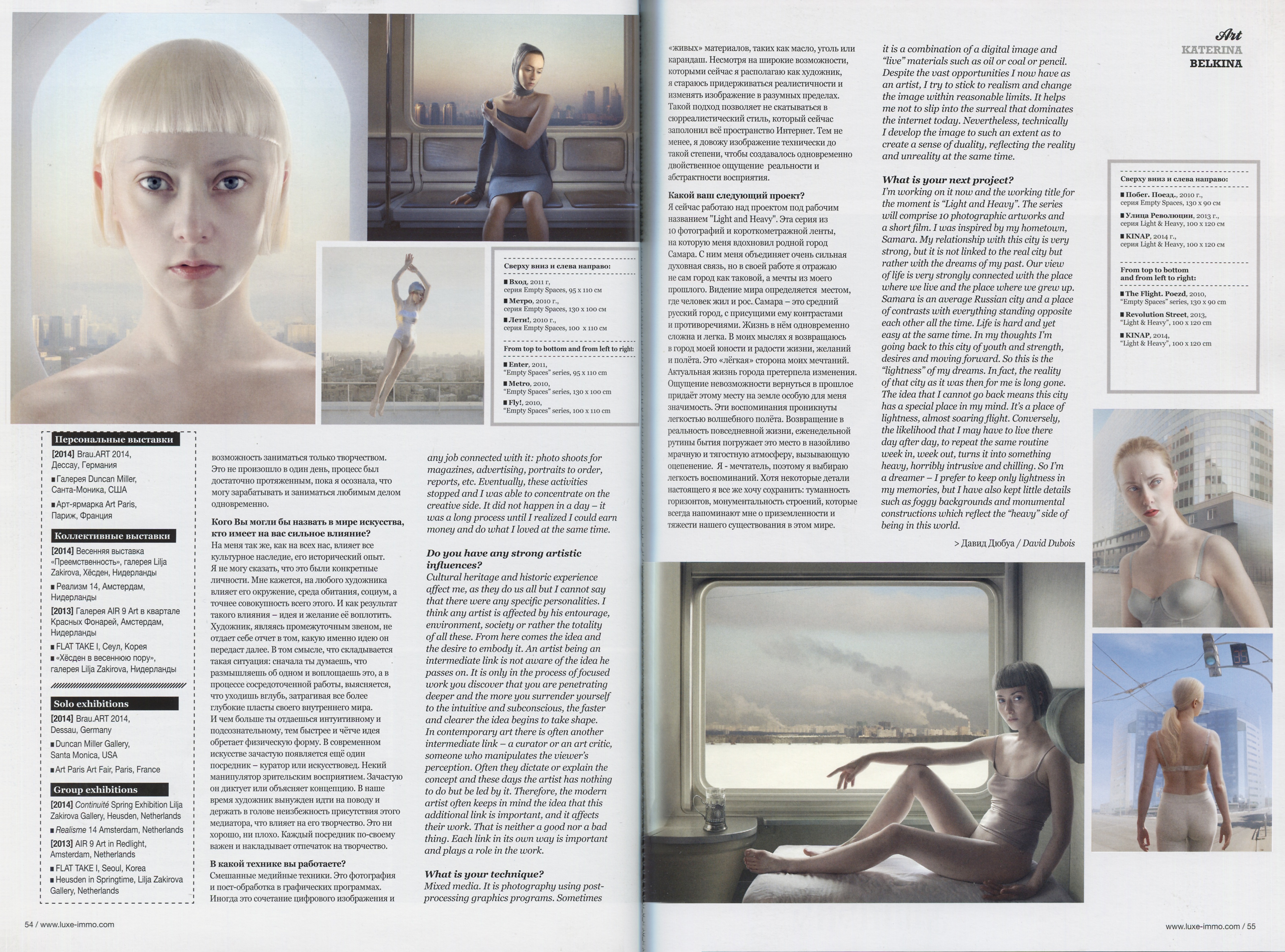Magazine
Publisher: LUXURY PUBLICATIONS, London.
Dimensions: 21 x 29.5 x 0.8 cm
Pages: 130
Katerina Belkina – Reflecting the reality and unreality at the same time
 |
Katerina Belkina is one of the best modern Russian photographers and artists with a specific focus on art. She works in the digital photo medium. Katerina graduated from the Petrov-Vodkin Art College and Photography Academy in Samara. She is also a member of the Russian Union of photography artists. |



